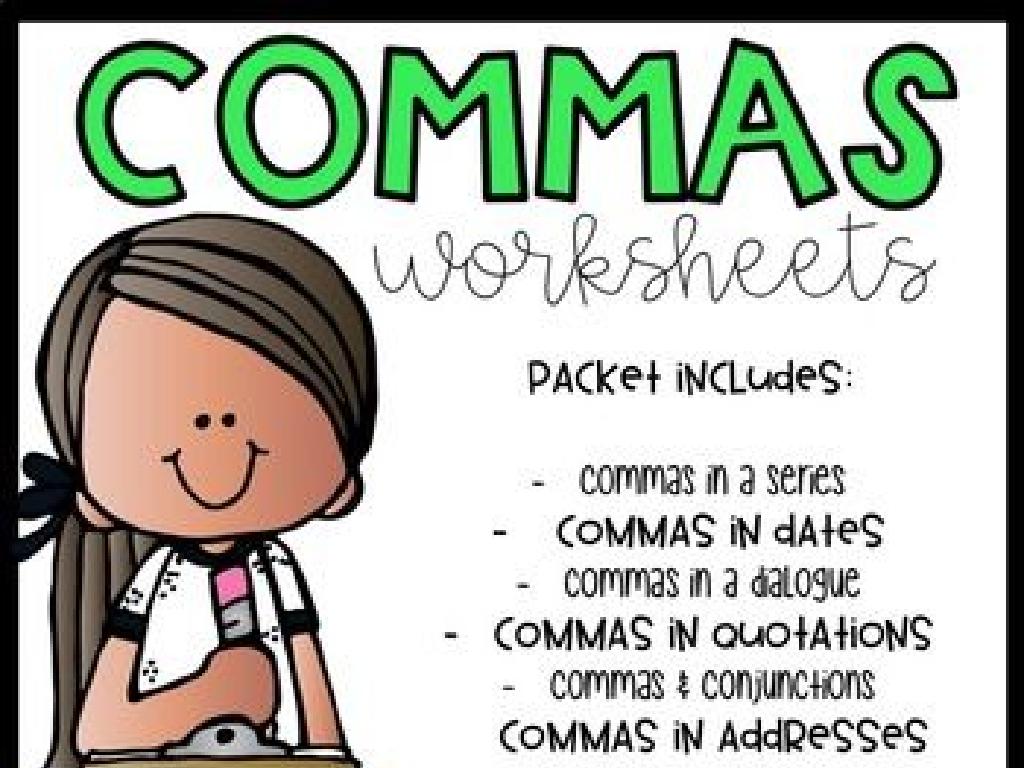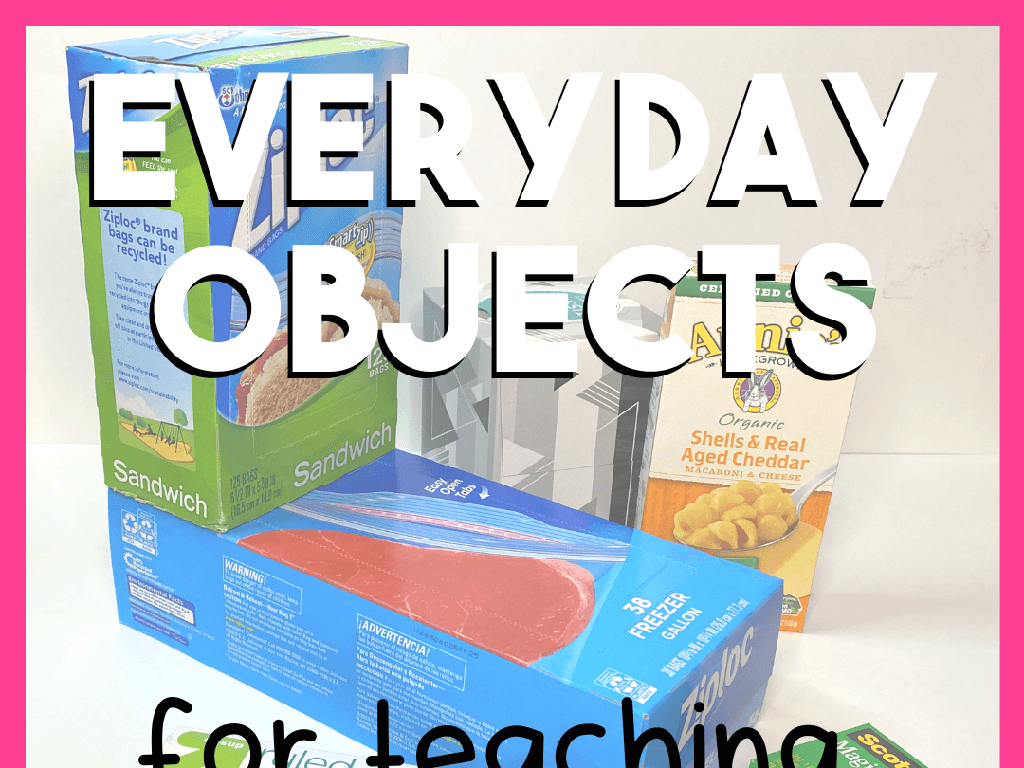Graph And Compare Fractions On Number Lines
Subject: Math
Grade: Third grade
Topic: Compare Fractions
Please LOG IN to download the presentation. Access is available to registered users only.
View More Content
Welcome to Fractions!
– Learn what fractions represent
– Fractions show parts of a whole, like a slice of pizza.
– Explore parts of a whole
– If a pizza is cut into 4 pieces, each piece is a part of the pizza.
– See fractions in daily life
– Fractions are everywhere: in cooking, time, and shopping!
– Compare fractions on a line
– Place fractions on a number line to see which is bigger or smaller.
|
This slide introduces the concept of fractions to third-grade students. Begin by explaining that fractions represent parts of a whole, using relatable examples such as slices of pizza or pieces of fruit. Emphasize that understanding fractions is important because we use them in everyday life, like when we cook, tell time, or divide things to share. Introduce the idea of comparing fractions by placing them on a number line, which will help students visualize and understand which fractions are larger or smaller. Encourage students to think of their own examples of fractions they encounter daily. The goal is to make fractions less intimidating by showing how they are a natural part of our daily routines.
Understanding Fractions
– A fraction shows part of a whole
– Top number is the numerator
– It tells how many parts you have
– Bottom number is the denominator
– It tells how many equal parts the whole is divided into
– Fractions are everywhere!
– Pizza slices, water jugs, and pie pieces
|
This slide introduces the concept of fractions to third-grade students. Begin by explaining that a fraction represents a part of a whole, something they see in everyday life. The numerator, the top number of a fraction, indicates how many parts of the whole we are considering. The denominator, the bottom number, shows into how many equal parts the whole is divided. Use tangible examples like slices of pizza, portions of a water jug, or pieces of a pie to illustrate fractions in a relatable context. Encourage students to think of other examples of fractions they encounter daily. This will help them visualize and better understand the concept of fractions before moving on to graphing and comparing them on number lines.
Understanding Fractions on Number Lines
– What is a number line?
– A straight line with numbers at equal spaces
– Number lines show order of numbers
– It helps us see which numbers are bigger or smaller
– Comparing fractions using number lines
– Place fractions on the line to see which is larger
– Practice with different fractions
|
This slide introduces the concept of a number line as a foundational tool in understanding the order and value of numbers, including fractions. Emphasize that a number line is a visual representation where numbers are spread out at equal intervals, allowing us to easily compare their sizes. Demonstrate how to plot fractions on a number line and use this method to compare which fractions are larger or smaller. Encourage students to practice by placing different fractions on number lines and comparing them. This will help solidify their understanding of the relative value of fractions.
Placing Fractions on a Number Line
– Fractions show values on a number line
– Just like whole numbers, fractions have a specific spot on the line
– Divide space between 0 and 1 into parts
– If we cut the space into 4 equal parts, each part is 1/4
– Each part equals a fraction of one whole
– 1/4 is one out of four equal parts between 0 and 1
– Compare fractions by their position
– Fractions closer to 1 are larger than those near 0
|
This slide introduces students to the concept of placing and comparing fractions on a number line. Begin by explaining that fractions are another way to represent numbers, just like whole numbers, and they too have a specific place on the number line. Demonstrate how to divide the space between 0 and 1 into equal parts, and explain that each part represents a fraction of the whole. For example, dividing it into 4 equal parts means each part is 1/4. Emphasize that the size of the fraction depends on its position on the number line; fractions closer to 1 are larger. Encourage students to practice by placing different fractions on a number line and comparing their sizes.
Comparing Fractions on Number Lines
– Fractions on a number line
– See where fractions sit on the line
– Closer to 1 means larger
– Fractions near 1 are bigger than those near 0
– Let’s explore examples
– We’ll look at fractions like 1/4 vs 3/4
– Practice comparing fractions
|
This slide introduces students to the concept of comparing fractions using a number line. It’s crucial to explain that a number line is a visual representation where fractions can be placed based on their value. The closer a fraction is to 1, the larger it is. Use clear examples, such as comparing 1/4 and 3/4, to show how their position on the number line indicates their size. Encourage students to think of the number line as a race where fractions are competing to see which is larger by getting closer to the finish line at 1. After explaining, engage the class with practice exercises where they place fractions on a number line and compare their sizes.
Understanding Equivalent Fractions
– Fractions can be equal
– ‘Equivalent’ means equal value
– 1/2 is the same as 2/4 or 3/6
– Number lines show equivalence
– See how different fractions can point to the same spot on a line
– Practice finding equivalents
– Let’s try with 1/3 and 2/6 on a number line
|
This slide introduces the concept of equivalent fractions to third-grade students. Begin by explaining that even though fractions may have different numerators and denominators, they can still represent the same value. Use the term ‘equivalent’ to describe these fractions and clarify that it means ‘equal in value or amount.’ Utilize a number line as a visual aid to demonstrate how different fractions can correspond to the same point, reinforcing the concept of equivalence. Engage the students with hands-on practice by having them find and draw equivalent fractions on number lines. Encourage them to explore various fractions and discover their equivalents, solidifying their understanding of the concept.
Class Activity: Fraction Number Lines
– Create your own fraction number lines
– Place fractions on your number line
– Use equal spaces between numbers to add fractions like 1/4, 1/2, 3/4
– Compare fractions to find differences
– Is 1/2 larger or smaller than 3/4? Look at your number line!
– Share your findings with the class
|
This activity is designed to help students visually understand and compare fractions using number lines they create themselves. Provide students with paper, rulers, and markers to draw their number lines. Guide them to evenly space out fractions on the line, ensuring they understand that fractions represent parts of a whole. Once they’ve placed various fractions on their number lines, facilitate a discussion on how to determine which fractions are larger or smaller by their position on the line. Encourage students to explain their reasoning when sharing with the class. Possible variations of the activity could include comparing like fractions, unlike fractions, or mixing in improper fractions and mixed numbers for advanced practice.
Mastering Fractions on Number Lines
– Congratulations on learning fractions!
– Graphing and comparing skills acquired
– You can now place fractions on a number line and see which is larger or smaller
– Practice is key to perfection
– Try using number lines for your homework and classwork
– Continue learning fractions at home
– Use real-life examples like measuring cups or dividing pizza slices to keep practicing
|
This slide is meant to wrap up the lesson on fractions on number lines. It’s a moment to celebrate the students’ understanding of how to graph and compare fractions. Emphasize the importance of continued practice to reinforce their skills. Encourage them to use number lines in different scenarios, including their homework. Suggest that they apply this knowledge in everyday situations, such as when cooking with their families or sharing treats with friends, to make the concept more tangible. Provide additional worksheets or online resources for them to practice at home. Remind them that learning is an ongoing process, and the more they practice, the better they will get at understanding and using fractions.






